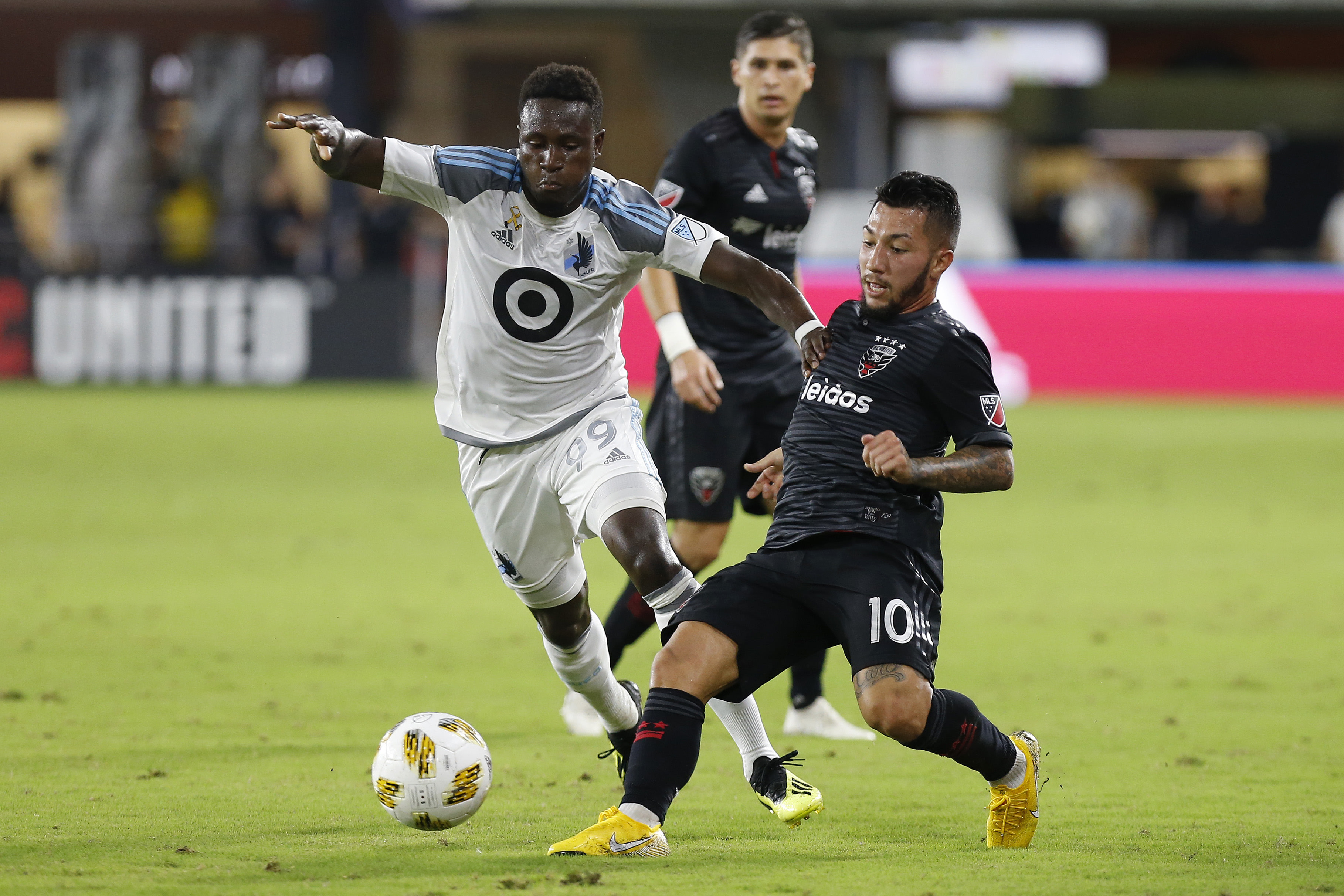Team Performance Analysis
/cdn.vox-cdn.com/uploads/chorus_image/image/71133314/usa_today_16888850.0.jpg)
D.c. united vs minnesota – D.C. United and Minnesota United FC played a thrilling match, with both teams showcasing their strengths and weaknesses. A detailed analysis of key statistics reveals areas where each team excelled or struggled, providing valuable insights into their performance.
As the adrenaline-pumping match between D.C. United and Minnesota United reached its climax, the air crackled with anticipation. But far away, in the realm of entertainment, the news of celebrity deaths cast a somber shadow, reminding us of the fleeting nature of life.
Yet, like the relentless spirit of the soccer players, the game continued, a testament to the resilience that exists both on and off the field.
In terms of shots on target, D.C. United had a slight edge over Minnesota, with 5 shots on target compared to Minnesota’s 4. This indicates that D.C. United was able to create more dangerous scoring opportunities.
Possession and Passing Accuracy
When it comes to possession, Minnesota dominated the game, maintaining an average possession rate of 57% compared to D.C. United’s 43%. This dominance allowed Minnesota to control the tempo of the game and dictate the terms of engagement.
Passing accuracy was another area where Minnesota excelled. The team completed 86% of their passes, while D.C. United managed only 78%. This superior passing accuracy enabled Minnesota to maintain possession and create scoring opportunities.
The rivalry between D.C. United and Minnesota United FC intensified in the wake of a tragic loss. The news of Jacoby Jones’s untimely demise sent shockwaves through the soccer community. As the teams prepare to face off once again, the shadow of this heartbreaking event will undoubtedly weigh heavy on their minds, adding an extra layer of poignancy to an already heated contest.
Defensive Solidity
Defensively, both teams had their moments. D.C. United’s defense was particularly impressive in the first half, limiting Minnesota to only one shot on target. However, Minnesota’s defense tightened up in the second half, preventing D.C. United from creating any clear-cut chances.
Player Contributions
The standout performers in the D.C. United vs. Minnesota match were instrumental in their respective teams’ performances. Their individual contributions played a crucial role in shaping the outcome of the match.
D.C. United
- Julian Gressel: The German midfielder was a driving force for D.C. United, providing creativity and attacking impetus. He created several scoring opportunities with his incisive passing and set up the winning goal with a perfectly weighted cross.
- Taxiarchis Fountas: The Greek forward was a constant threat to the Minnesota defense with his pace and movement. He scored the opening goal with a clinical finish and was unlucky not to add to his tally with a number of other chances.
Minnesota United
- Emanuel Reynoso: The Argentine playmaker was the creative hub for Minnesota, dictating the tempo of the game with his exquisite passing range. He assisted both of Minnesota’s goals and was a constant threat with his dribbling and shooting.
- Luis Amarilla: The Paraguayan striker was a handful for the D.C. United defense with his physicality and aerial prowess. He scored the equalizer with a powerful header and was unlucky not to grab a winner with a late chance.
Tactical Analysis: D.c. United Vs Minnesota

The tactical strategies employed by D.C. United and Minnesota United played a pivotal role in shaping the dynamics of the match. Both teams approached the game with distinct plans, aiming to exploit their respective strengths and neutralize their opponents’ threats.
Formations and Substitutions, D.c. united vs minnesota
D.C. United deployed a 4-2-3-1 formation, prioritizing possession and control in the midfield. Minnesota United, on the other hand, opted for a more direct approach with a 4-4-2 formation, emphasizing speed and width in their attacking play.
Throughout the match, both teams made strategic substitutions to adjust to the changing game dynamics. D.C. United introduced fresh legs in the midfield to maintain their dominance in possession, while Minnesota United brought on additional attackers to increase their attacking threat.
In-Game Adjustments
As the game progressed, both teams made tactical adjustments to respond to the challenges posed by their opponents. D.C. United shifted to a more conservative approach, dropping deeper into their own half to protect their lead. Minnesota United, in turn, pressed higher up the pitch, attempting to force turnovers and create scoring opportunities.
These in-game adjustments had a significant impact on the match outcome. D.C. United’s defensive resilience ultimately proved too strong for Minnesota United, while Minnesota United’s attacking pressure failed to yield the desired results.